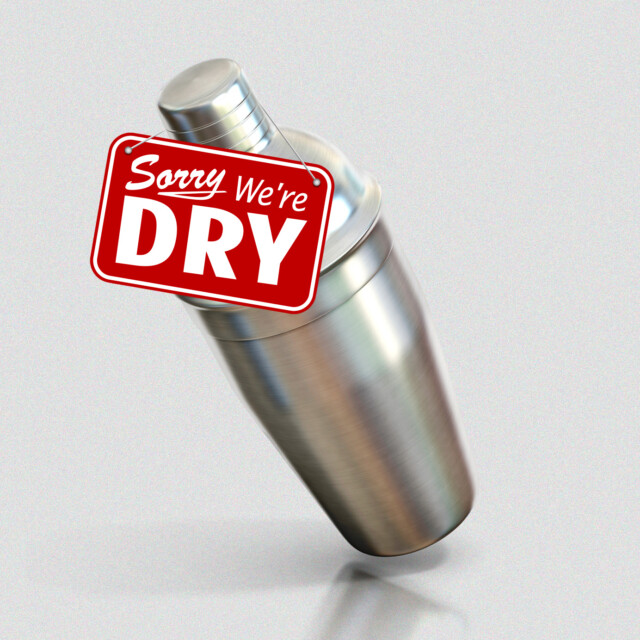January is historically a treacherous month for bars. Tourism dries up. Locals hibernate. Sales atrophy. It hasn’t helped matters that, in recent years, a new nemesis has emerged: Dry January. Over the past 20 years, drinking habits have shifted in the U.S., especially among young people who are consuming alcohol at a lower rate than in prior decades.
Although the tradition of sober Januarys has existed in Finland since the early 1940s, Dry January, as it’s popularly known, was conceived in 2013 by Alcohol Change UK, an organization that raises awareness about the dangers of alcohol abuse. Despite the fact that alcohol consumption has been steadily climbing at a global level over the past several decades, participation in Dry January has seen significant gains in recent years as well. A survey by Civic Science showed that 25 percent of adult Americans reported that they had successfully completed Dry January in 2024, driven mostly by increasing interest among Gen Z and millennials.
The accelerating trend is an untimely development for the bar industry, which already has to contend with the perils of rising inflation and moderating drinking habits. “Dry January can be a real fight for bars these days,” says Derek Brown, author of “Mindful Mixology: A Comprehensive Guide to No- and Low-Alcohol Cocktails.” “Especially post-pandemic, the reaction has been: ‘We’re already suffering and now you’re saying that people don’t show up to drink during our worst month?’”
But Brown also notes that as Dry January appeals more broadly, sober guests are being offered a fuller complement of NA beverage options. Non-alcoholic cocktails, once the butt of bartenders’ jokes, are being made with greater care and intention, and momentum continues to build around the alcohol-free spirit market. As a result, demand for substantive sober experiences is skyrocketing. “We recently held Mindful Drinking Fest in Washington, D.C. during Dry January, and over 1,000 people showed up,” Brown says. “It’s the most we’ve ever had in attendance.”
Some observers have noticed greater participation in Dry January from inside the industry as well. “More and more restaurant professionals seem to be participating and looking for ways to find solidarity in their own increased moderation,” says Arvid Brown (no relation), co-owner of Room For Improvement in Portland, Maine. After closing his bar over the first week of the year for a staff trip, Brown says that almost every member of the bar team observed Dry January for the duration of the month.
In the face of rising demand this year, many beverage directors invested more heavily in developing the NA side of their menus with the goal of creating more inclusive experiences for non-drinkers. Some reported spikes in sales of NA beverages, but it wasn’t always enough to offset slumping alcohol sales. To measure the effects of Dry January overall, we canvassed popular bars across the country to find out how changing consumer habits impacted their bottom lines and what strategies they employed to appeal to sober patrons.
Small Victory
Austin, Texas
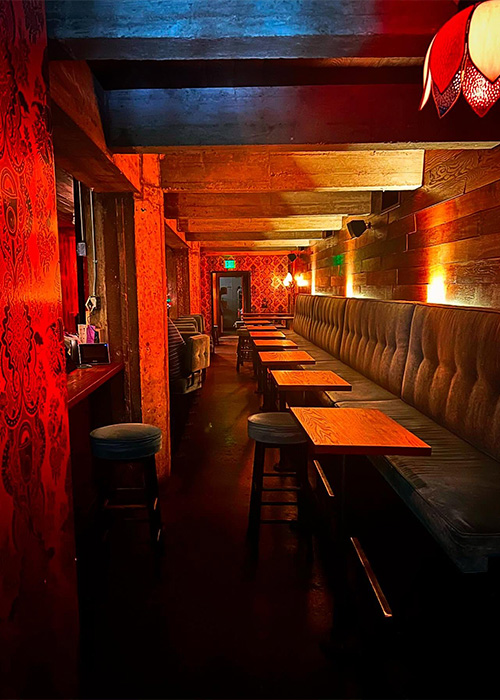
To attract business for Dry January this year, Small Victory in Austin launched a special menu with strictly NA options, which resulted in an 80 percent boost in non-alcoholic cocktail sales year-over-year. But the overall effect was still relatively neutral, according to bar manager Laura Maddox. “The profit margin for NA beverages is not as good as it is for liquor, so it didn’t noticeably affect the business in a positive way in terms of earnings,” she says, “but it may have intangible benefits, like how we’re perceived by the sober or non-drinking community.” The bar team extensively mined old cocktail books to find alcohol-free drink recipes for the Dry January menu, including the Doctor Johnson Jr. from W.J. Tarling’s 1937 “Cafe Royale Cocktail Book,” a non-alcoholic sour made with fresh lemon, pineapple juice, passion fruit syrup, housemade grenadine, and egg white.
White Limozeen
Nashville, Tenn.
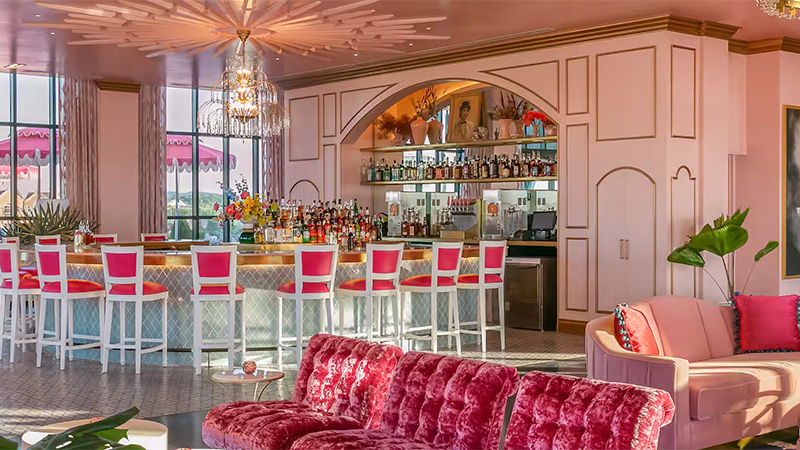
“From 2024 to 2025, we saw about an 11 percent increase in sales of non-alcoholic beverages,” says Demi Natoli, the beverage director of White Limozeen in Nashville. “But our overall sales dropped by 9 percent compared with last year, a more significant dip than we’ve seen in the past.” Natoli also noticed a generational divide around Dry January this year, with demonstrably higher participation among Gen Z, a demographic with more normalized attitudes toward mindful drinking. “We expanded the ‘buzz-free’ section of our menu to include non-alcoholic wines, beers, and other zero-proof options,” Natoli says. “We ran out of these offerings almost every single weekend in January, something that has never happened before.”
The Oakland
Ferndale, Mich.
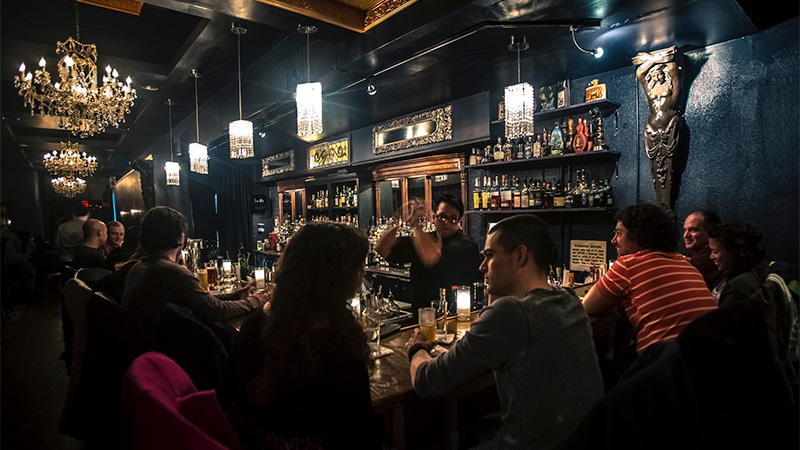
“Dry January has always been difficult,” says Kamalani Overall, who runs the beverage program at The Oakland, an established craft cocktail bar outside Detroit. “Our non-alcoholic beverage sales stayed the same from December to January; however, January liquor sales were a third of what we did in December.” Even though the bar offered a multitude of non-alcoholic options during Dry January, Overall says that charging a premium for these drinks can lead to blowback. “Many people still don’t understand why they have to pay the same price for a non-alcoholic beverage,” she says. “So, we feel pressure to price NA cocktails lower than their counterparts, due to guest perception.” Another big issue, according to Overall, is staff morale, which dips naturally when business slows but sinks even more consistently in January as check averages and tips take a hit.
Bar Belly
New York City
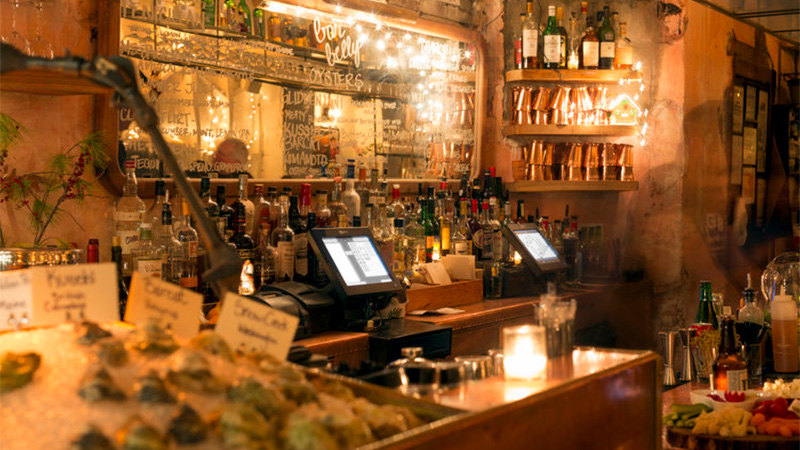
“I’d say this January felt more ‘damp’ than completely ‘dry,’” says Genesis Cruz, head bartender of Bar Belly on New York’s Lower East Side. “We definitely saw folks cutting back, but a surprising trend was that many guests were sharing cocktails instead of just ordering for themselves.” Cruz says the bar also benefited from having a dedicated non-alcoholic cocktail menu, which provided a boost to sales. She also noticed more bar patrons starting with a cocktail before switching to something non-alcoholic or the other way around. As the month progressed, sales began to pick up, suggesting that perhaps some Dry January participants may have given up early. “Overall, it felt like there was much less outright abstinence than I’ve seen in my 14 years in the industry,” Cruz says.
The Uncanny
Portland, Ore.
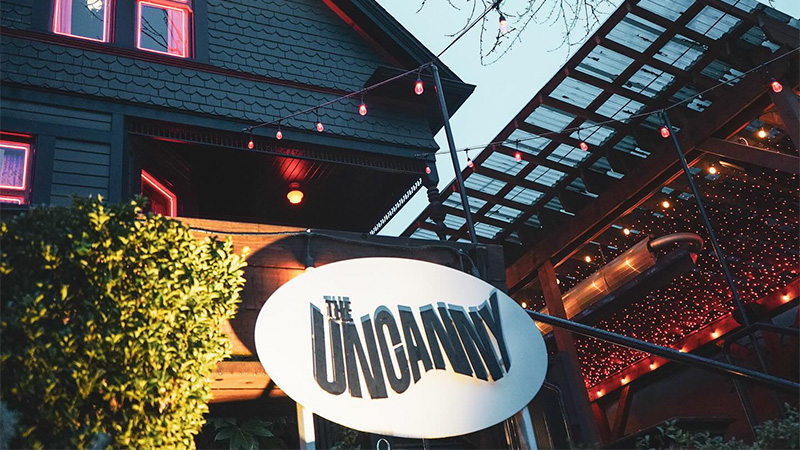
“January in Portland is painfully slow in general,” says Adam LeBeau, a partner in The Uncanny and several other bars in Portland. “But I was surprised to see how sales had grown from years prior.” LeBeau also points to the broader shift in how younger clientele imbibe, where hard drinks aren’t considered compulsory to being social, and bar culture is defined more by the experience than by the alcohol. “Usually with these kinds of resolutions, it’s a hard NO,” he says. “I think this year, folks were already drinking less or not at all, so going out didn’t equate to getting drunk.” He believes that better adapting to the new drinking culture by providing higher-quality NA options is the key to navigating the Dry January lull.
This story is a part of VP Pro, our free platform and newsletter for drinks industry professionals, covering wine, beer, liquor, and beyond. Sign up for VP Pro now!
